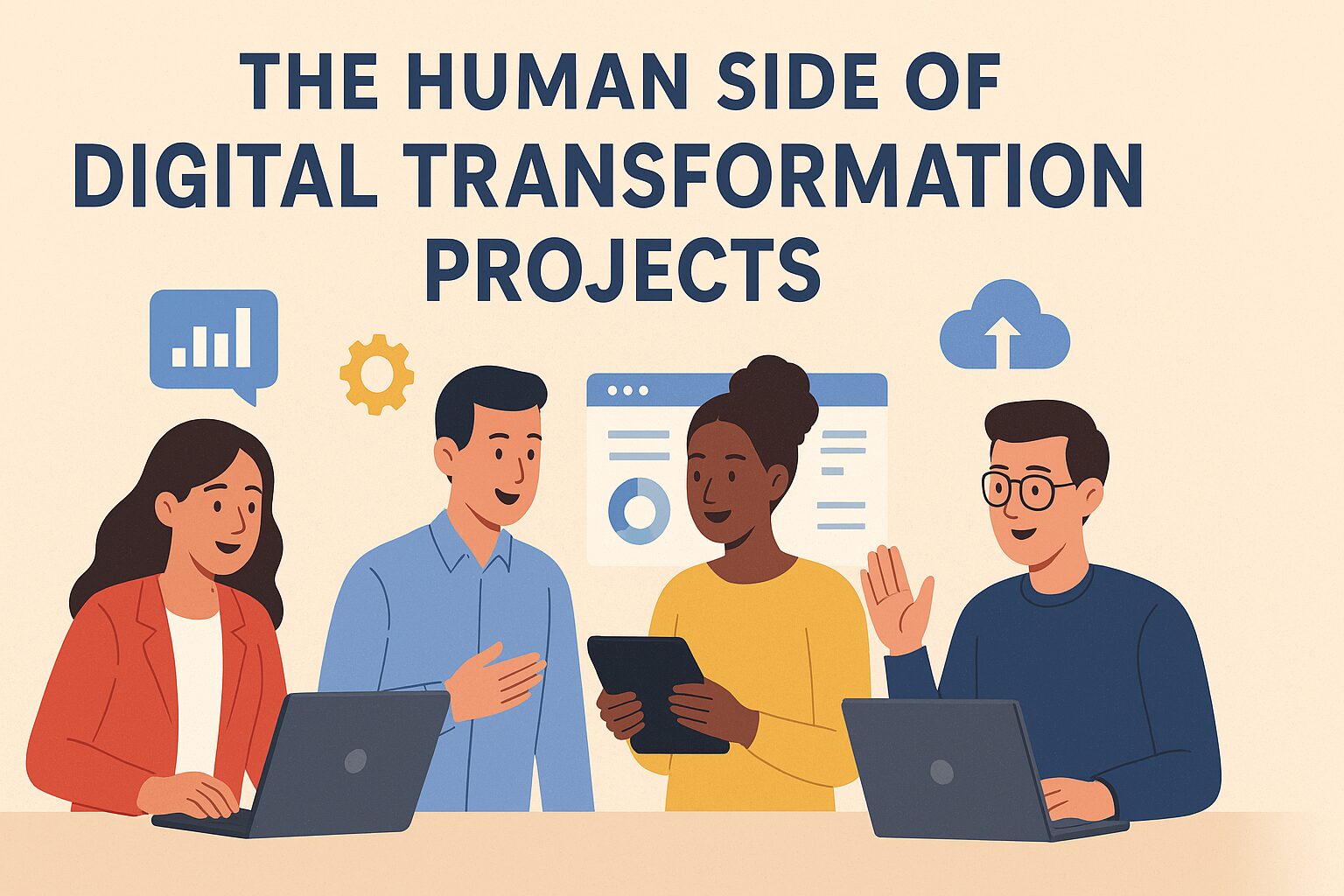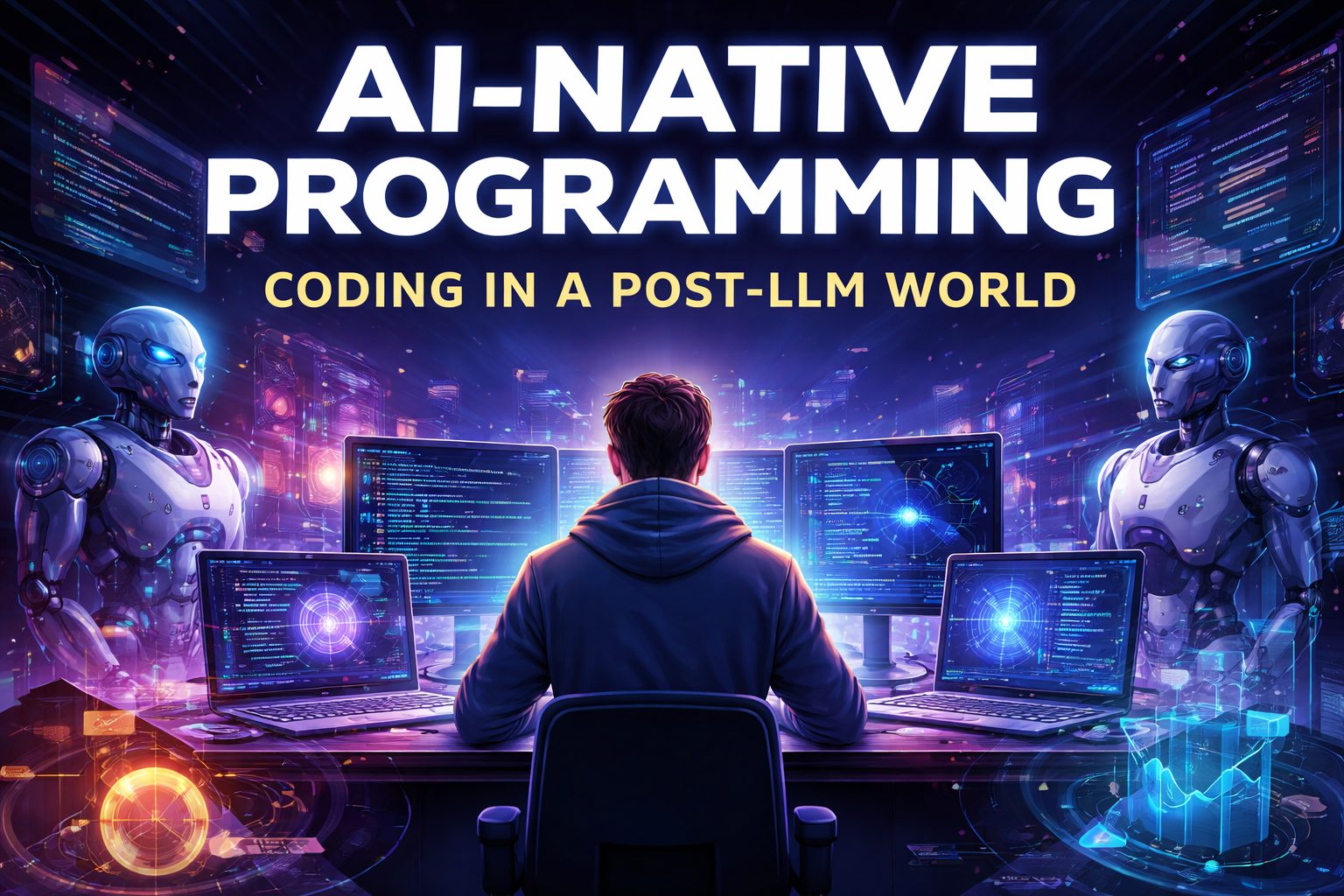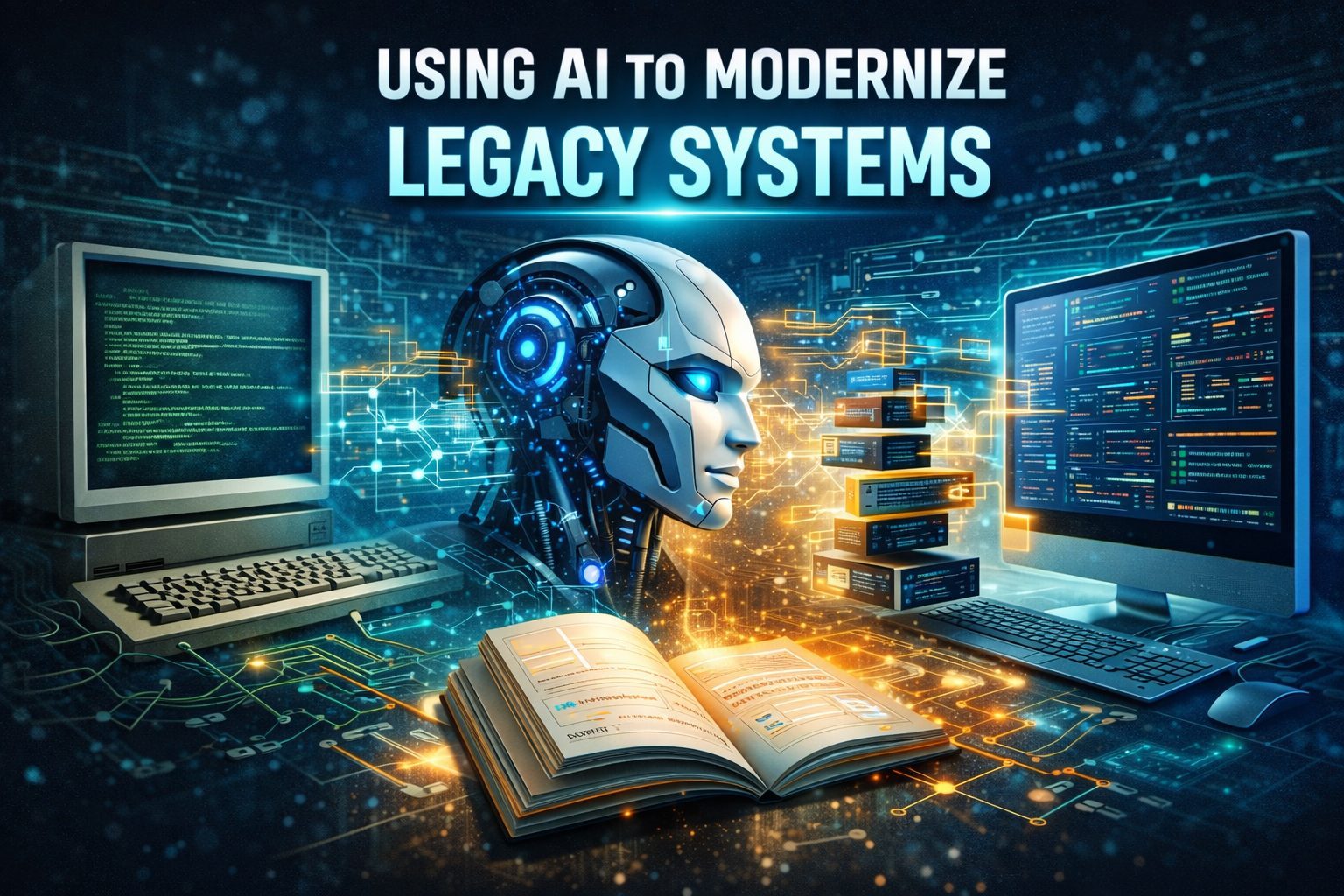When organizations talk about digital transformation, the focus often drifts toward technology—new platforms, cloud migrations, automation tools, and AI adoption. But while cutting-edge technology is essential, it is rarely the deciding factor in whether a transformation succeeds or fails. What truly determines success is the human side of digital transformation: how people adapt, how leaders communicate, and how employees embrace change.
Digital transformation is not just about implementing tools—it’s about reshaping mindsets, processes, and culture. Companies that overlook this human element risk resistance, poor adoption, and wasted investments.
1. Why the Human Factor Matters in Digital Transformation
No matter how advanced a system is, it won’t deliver results if employees don’t use it effectively. According to multiple studies, more than 70% of digital transformation projects fail—not because of technical flaws, but because of people-related challenges such as lack of buy-in, insufficient training, or weak communication.
Technology enables transformation, but people drive it. Every new platform or process alters how employees work, interact, and think about their roles. If these shifts are not managed with empathy and clarity, resistance builds.
2. Change Management as the Foundation
Successful digital transformation requires robust change management strategies. This involves preparing, equipping, and supporting employees as they transition into new workflows and tools.
Key aspects of effective change management include:
Clear Communication: Explaining the “why” behind transformation helps employees understand the purpose, not just the process.
Training and Upskilling: Hands-on workshops, digital learning platforms, and peer mentoring ensure staff feel confident using new tools.
Leadership Alignment: Leaders must not only sponsor the transformation but also model the behaviors they want employees to adopt.
Feedback Loops: Providing channels for employees to share concerns and suggestions keeps morale high and adoption steady.
When employees feel valued and supported, they become active participants rather than passive resisters.
3. Building a Digital-Ready Culture
Culture is the invisible glue that holds transformation projects together. A culture that embraces innovation, agility, and continuous learning will naturally support digital initiatives.
To build such a culture, organizations should:
Foster a Growth Mindset: Encourage employees to see change as an opportunity for growth rather than a threat.
Reward Experimentation: Recognize and reward teams that take initiative, experiment, and learn—even from failures.
Promote Collaboration: Break down silos between departments to create cross-functional teams that share insights and drive innovation.
A digital-ready culture doesn’t happen overnight, but investing in cultural alignment ensures that technology adoption sticks in the long run.
4. The Role of Leadership in Human-Centric Transformation
Leaders are the anchors of transformation. Without visible, authentic leadership, digital initiatives can feel like top-down mandates that employees resist.
Strong leaders do more than approve budgets or announce new tools. They:
Set a Vision: Paint a clear picture of what the future state looks like and how it benefits everyone.
Lead by Example: Actively use digital tools themselves to inspire confidence in their teams.
Empower Teams: Give employees ownership of transformation projects so they feel accountable for results.
Show Empathy: Recognize that change can be stressful, and take time to address individual concerns.
When leadership prioritizes people alongside technology, transformation gains momentum.
5. Employee Engagement and Experience
Transformation should not just change processes—it should improve the employee experience. A disengaged workforce can sabotage even the most well-designed digital initiatives.
Ways to enhance engagement during digital transformation include:
Involving Employees Early: Seek input when selecting tools or redesigning processes. This creates a sense of ownership.
Creating “Change Champions”: Empower enthusiastic employees to become advocates who help peers adopt new systems.
Celebrating Milestones: Acknowledge small wins to maintain motivation and reinforce progress.
Aligning Technology with Daily Needs: Ensure tools actually solve real problems employees face, rather than adding complexity.
When employees see direct benefits in their workday, adoption becomes organic.
6. Human-Centered Metrics for Success
Organizations often measure digital transformation success through ROI, cost savings, or process efficiency. While these are important, human-centered metrics should also be tracked, such as:
Employee adoption rates of new tools
Satisfaction and engagement scores
Retention rates of talent during and after transformation
Speed of learning curve across teams
By balancing business metrics with human outcomes, organizations gain a holistic view of transformation success.
Conclusion: Technology Enables, People Transform
Digital transformation projects succeed not when technology is flawlessly implemented, but when people embrace it wholeheartedly. The human side—leadership, culture, employee engagement, and change management—forms the backbone of successful transformation.
Organizations that prioritize people will find their technology investments deliver long-lasting value. In the end, technology may power the transformation, but humans fuel the journey.







